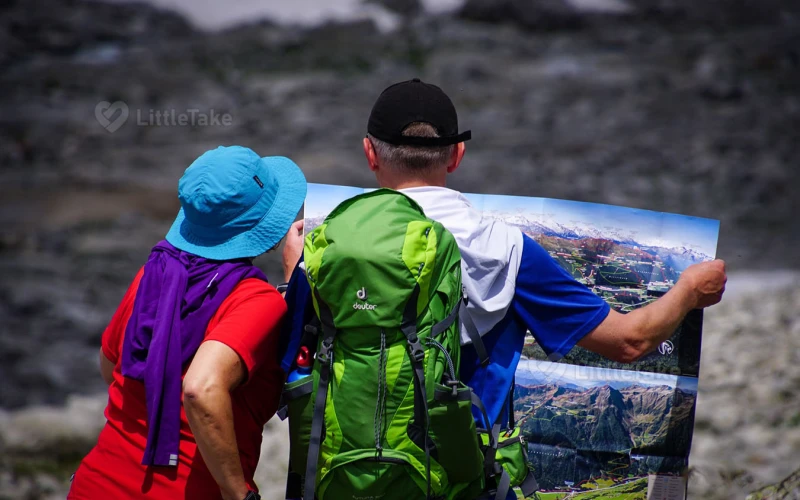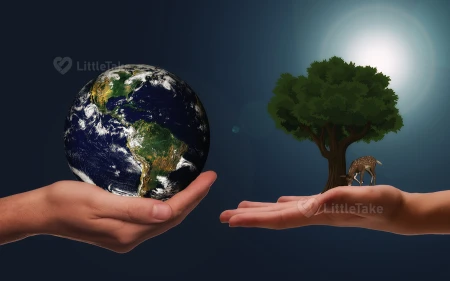
Geography for All Ages: Exploring Our World Together
Geography is more than just memorizing countries, capitals, and landforms. It's about understanding the world around us and our place in it. In this article, we'll take a journey through geography, exploring various aspects of this fascinating subject that can engage learners of all ages.
The Importance of Geography
Geography helps us develop a global perspective, appreciate the diversity of cultures and ecosystems, and understand the interconnectedness of our world. By learning about the physical and human aspects of geography, we can make informed decisions about our environment, resources, and communities.
Physical Geography: Our Dynamic Earth
- Landforms - Introduce young learners to the world's diverse landscapes, such as mountains, deserts, and coastlines. Encourage older students to explore how these landforms are shaped by natural processes like erosion, volcanism, and plate tectonics.
- Climate - Help children grasp the concept of climate zones and the factors that influence them, like latitude, altitude, and ocean currents. For older learners, delve into the impacts of climate change and the importance of sustainable practices.
- Ecosystems - Engage learners in understanding the relationships between living organisms and their environments. Explore the world's diverse ecosystems, from tropical rainforests to arctic tundras, and learn about the unique adaptations of plants and animals within each.
Human Geography: People and Places
- Cultures - Foster a sense of global citizenship by teaching children about different cultures, languages, and religions. Encourage older students to examine how these cultural elements influence regional identity and global interactions.
- Population - Help learners understand the factors that influence population distribution and growth, such as migration, urbanization, and resource availability. Discuss the implications of population dynamics on social, economic, and environmental issues.
- Economic Activities - Teach students about the variety of economic activities around the world, from agriculture and manufacturing to trade and tourism. Encourage them to explore the relationship between economic development, resources, and global inequalities.
Geography in Action: Bringing It All Together
Make geography come alive by incorporating hands-on activities, field trips, and digital resources. Use maps, globes, and online tools like Google Earth to visualize geographic concepts. Encourage students to take part in local and global initiatives, such as community clean-ups or supporting fair trade.
In conclusion, geography is a subject that transcends age barriers and ignites curiosity about our world. By presenting geography as a dynamic and interconnected field, we can inspire learners to appreciate the complexity and beauty of our planet, while fostering a sense of global responsibility and understanding.













